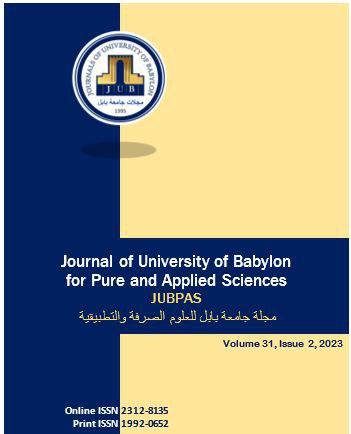Privatization of the Public Sector in the Kurdistan Region between Challenges and Necessities
Main Article Content
Abstract
The motive behind the idea of privatization in the Kurdistan Region was to rid the government of public expenditures on the one hand, and on the other hand to open the door to economic performance, but this trend has many opponents, and is surrounded by many problems, as there are problems in the conditions for the success of privatization, and the situation The economic, productive and service sectors are also full of problems and impede privatization with positive results.
Materials and Methods
This study was based on a methodology based on collecting a sufficient amount of theoretical information from the various fields of knowledge related to the privatization of the public sector to come up with a conclusion that reveals its economic effects, in order to demonstrate the impact that the privatization of the public sector could have on economic performance in the Kurdistan Region.
Results
The privatization of the government sector in the Kurdistan Region does not lead to an increase in economic efficiency, but rather a reason for the rise in service prices provided by the private sector, the transformation of monopoly from a natural monopoly by the state into an oligopoly (private sector), the high costs of service production, and the low quality of service in some cases.
Conclusion
This research deals with the privatization of the public sectors and its problems in the Kurdistan Region, and tries to show the importance and sustainability of the public sector, as well as analyzing the most important challenges facing privatization
Article Details

This work is licensed under a Creative Commons Attribution 4.0 International License.
